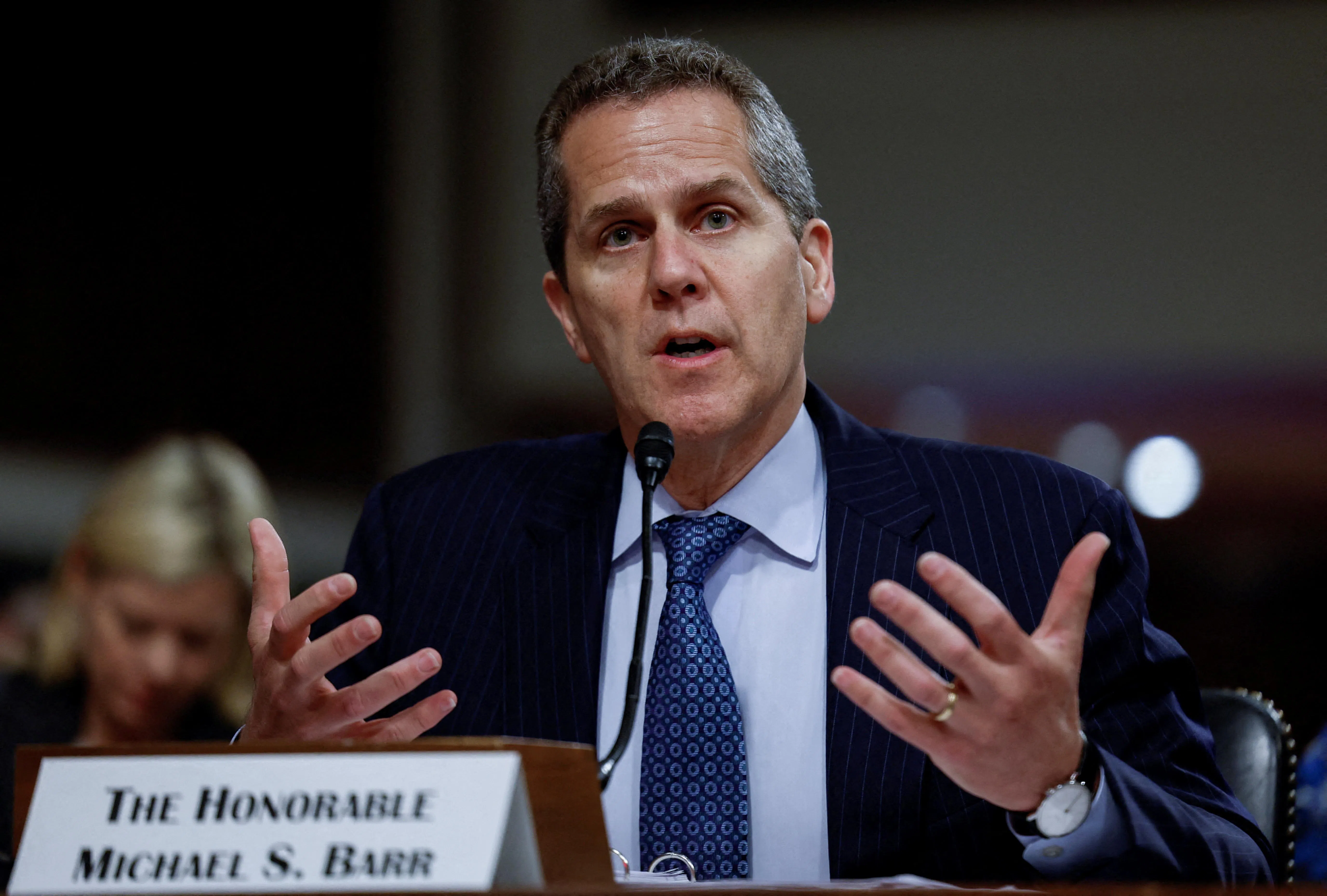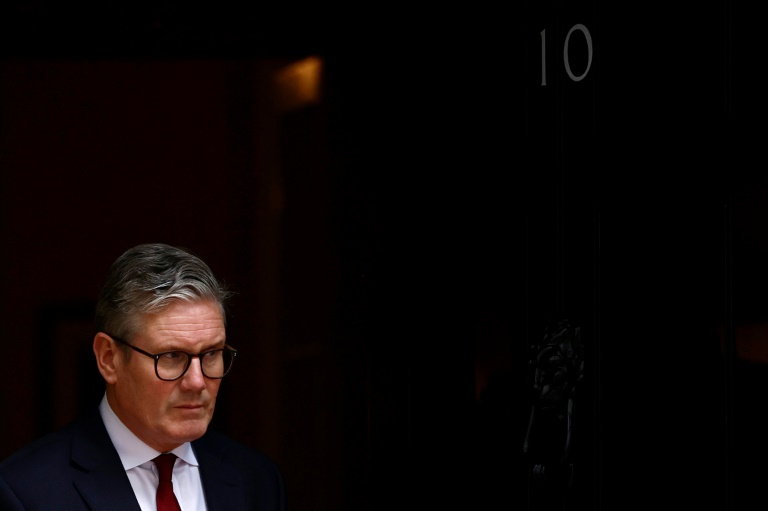US regulators will make sweeping changes to their bank-capital rules proposal, cutting the expected impact to the biggest banks by half and exempting smaller lenders from large portions of the measure, a top Federal Reserve official said.
The proposed revisions to be previewed by Fed Vice Chair for Supervision Michael Barr in a speech on Tuesday (Sep 10) would roughly cut in half the 19 per cent capital hike that regulators had planned for eight of the biggest US banks. Those lenders, including Citigroup, Bank of America and JPMorgan, would now face a 9 per cent increase in the capital they must hold as a cushion against financial shocks.
The overhauled proposal may ease key concerns of Wall Street banks, which unleashed one of their fiercest lobbying campaigns after the capital plan was first released in July 2023 by the Fed and two other financial regulators. The revisions could also help avoid a long legal battle with the industry, which has argued that the original proposal would hurt the economy and put US banks on weaker footing against international rivals and nonbank lenders.
Barr’s comments confirmed an earlier report by Bloomberg on the planned changes.
Other large banks subject to the rule would face an estimated 3 per cent to 4 per cent increase in capital requirements, Barr said in his prepared remarks for a speech at the Brookings Institution. This hike would include unrealised gains and losses on their securities in regulatory capital, he added.
The new measure, which isn’t a complete write-through of the original July 2023 proposal, would also exempt banks with assets between US$100 billion and US$250 billion from the so-called Basel III endgame mandates, other than a requirement to recognise unrealised gains and losses of their securities in regulatory capital.
BT in your inbox
Start and end each day with the latest news stories and analyses delivered straight to your inbox.
Barr cautioned that the Fed, Federal Deposit Insurance and the Office of the Comptroller of the Currency haven’t made final decisions on the changes. “The public should not view any omission of a potential change in these re-proposals as an indication that the agencies will finalise a provision as proposed,” he said.
The revised plan will reduce so-called risk weights tied to banks’ mortgage lending and tax-equity exposures. It will also recommend changes to the G-SIB surcharge proposal “to better align the capital surcharge for a G-SIB with its systemic risk profile,” Barr said.
The complete revisions are expected to run up to 450 pages and may be released as soon as Sept 19. After they are published, there will be a comment period where regulators seek responses from the industry and the public. Fed Chair Jerome Powell has said the comment period could be up to 60 days.
The proposal is tied to Basel III, an international accord that followed the 2008 financial crisis and is intended to prevent future bank failures and another crunch. Some supporters of the US proposal have also billed it as a fix for some of the issues exposed by the collapses of Silicon Valley Bank and Signature Bank in March 2023.
Following stiff resistance from banks, Barr and Powell had promised that regulators would make “broad and material” changes to the capital plan. In July, Powell attended a closed-door meeting with a group of big-bank CEOs, encouraging them to work with the Fed to avoid a years-long legal battle over the capital proposal. BLOOMBERG







